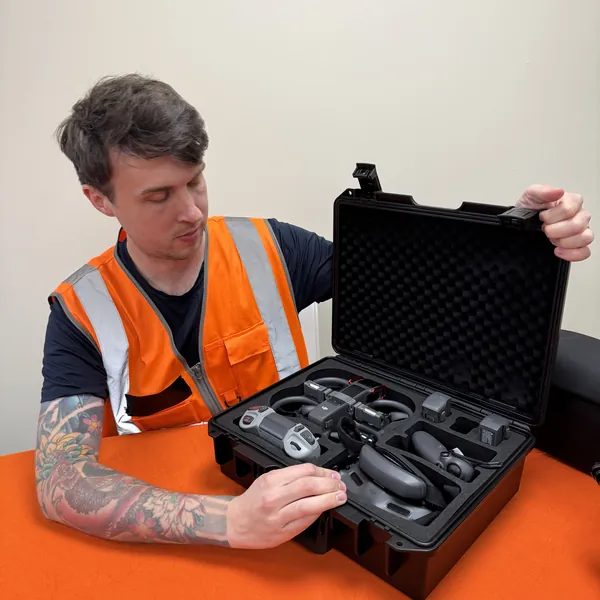
When your drone operations present risks comparable to manned aviation, you're moving beyond the familiar Open or Specific categories. You've entered the Certified Category, designed for complex missions like urban air taxis or transporting dangerous goods.
It requires a level of airworthiness certification that mirrors traditional drones, but understanding how these stringent standards are applied introduces an entirely new set of challenges for any potential operator.

30 Second Summary
- The Certified Category is the highest-risk classification for drone operations, with standards equivalent to manned aviation.
- It covers complex missions like carrying passengers, large drones over crowds, or transporting dangerous goods.
- Drones, operators, and remote pilots must all hold formal certifications, similar to commercial airlines.
- It is intended for high-risk flights that are not suitable for the Open or Specific categories.
- This regulatory framework is still under development, with very few operations authorized in this category.
What Is Drone Certified Category
The pinnacle of drone regulation, the Certified Category is the highest risk classification for drone operations under both UK and EU law. You'll fall into this category when your proposed operation presents an intrinsically high risk, equivalent to that of manned aviation.
It's intended for flights that simply can't be safely conducted under the less restrictive Open or Specific categories, managing the most complex and demanding drone flights imaginable.
Because the risks mirror those of crewed aircraft, you'll find the regulations do, too. Your drone must be certified with a type certificate and certificate of airworthiness.
As the operator, you'll need an air operator approval issued by the competent authority. You, the drone pilot, must hold a formal pilot license.
You’re adopting a framework where classical aviation rules and principles from manned aviation directly apply to your entire operation, ensuring the highest level of safety.
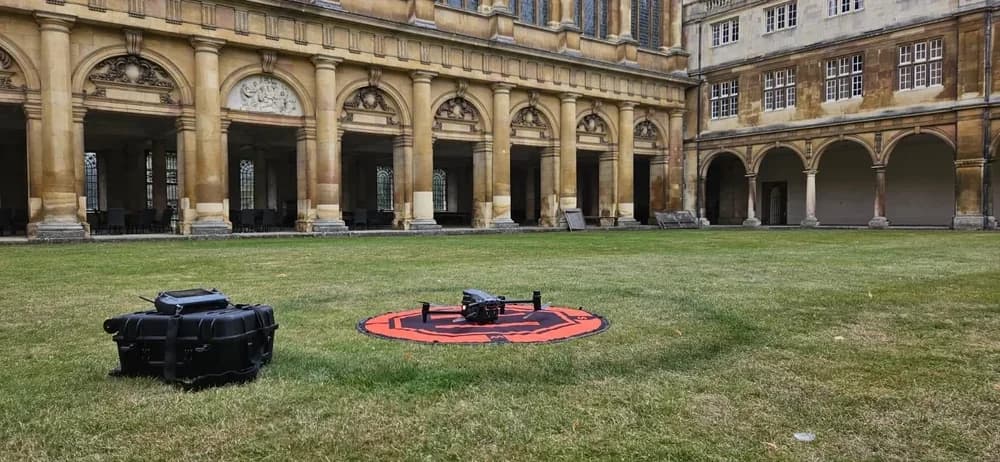
Operations That Fall Under Certification
With such stringent, aviation-grade standards in place, what kind of mission actually requires this level of regulation? Certified category operations cover the highest-risk flights, going far beyond typical drone use.
For you, this means missions like transporting passengers in an urban air taxi. You're also in this category if you plan to fly large drones (three meters or more) directly over assemblies of people.
It also includes flying cargo that's classified as dangerous goods, where an accident poses a significant public threat. If your ambition is to run international cargo flights under Instrument Flight Rules, you'll need certification.
Ultimately, any operation your risk assessment deems to have the highest ground risk (SAIL V or VI) falls under this classification. It’s for missions presenting a risk equivalent to manned aviation, so think urban passenger or cargo delivery routes using predefined pathways.
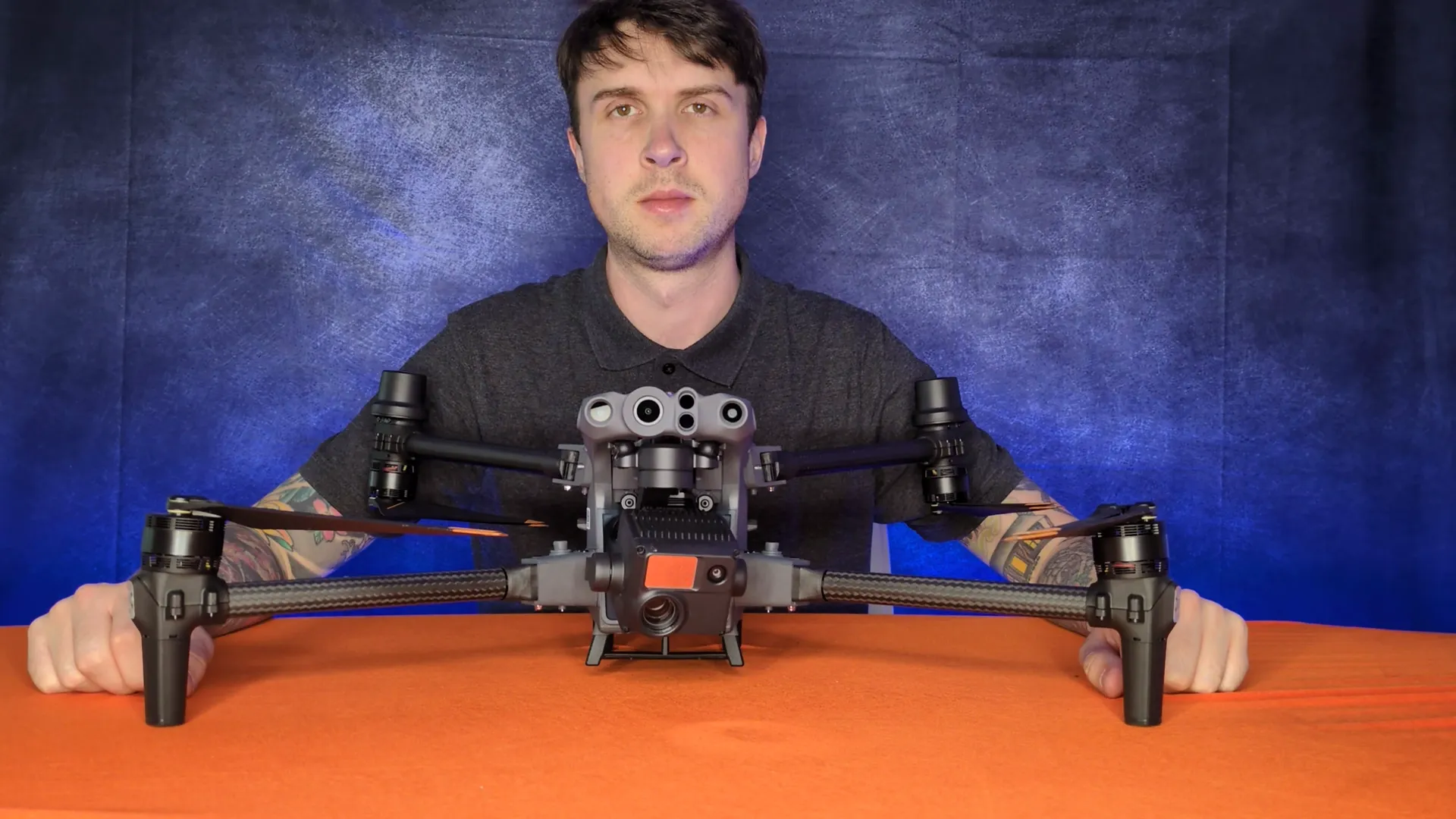
Manned Aviation Standards and Requirements
Because your operation presents risks equivalent to manned aviation, its requirements mirror traditional flight standards. You’ll find that you can't just fly; you're held to the same high safety bar as a commercial airline.
Every single component of your drone operation faces intense regulatory scrutiny to ensure it meets established safety benchmarks.
It’s a comprehensive framework that rightfully treats your high-risk drone like any other crewed aircraft sharing a national airspace.
To comply, your drone requires its own official airworthiness certification, which includes a type certificate. As the drone operator, you must hold a formal air operator approval, much like a commercial airline does.
Furthermore, the person at the controls isn't just a hobbyist; they must hold a valid drone pilot license, demonstrating professional competency.
You’re not just following a unique set of drone rules; you're operating under the classical aviation principles that govern manned flight.
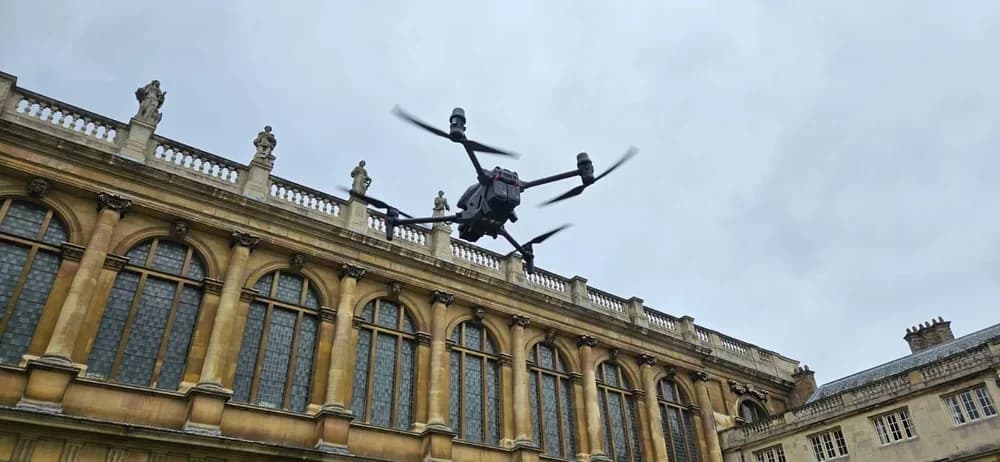
How Certified Differs From Open and Specific Categories
Although you'll conduct most flights under the Open or Specific categories, the Certified category exists for operations whose risks are fundamentally too high for those frameworks. Think of these three categories as a risk-based ladder.
The Open category covers your basic, low-risk flights, which don't need any prior authorization.
When your operational risk increases, you move into the Specific category, where you'll need an operational authorization from the national aviation authority based on a risk assessment.
The Certified category is the highest rung. It’s a jump to a different regulatory system entirely.
You enter this category when the risk becomes comparable to manned aviation—such as transporting passengers or large-scale dangerous goods.
Unlike the other categories, you'll need a formal pilot's license, your drone must have an airworthiness certificate, and your organization needs an air operator certificate, applying similar standards as crewed aircraft.

The Current Status and Future Outlook
Since its regulatory framework is still under development, you won't find many operations in the Certified Category today. Regulatory bodies like EASA are building out these complex rules in phases.
For now, if you're planning a high-risk operation, you'll be advised to first explore if it can be authorized under the Specific Category, which has a more established process.
The Certified Category remains reserved for missions with risks equivalent to manned aviation.
Looking ahead, this category's full implementation will revolutionize the drone industry. You can expect it to enable the most advanced applications, from passenger-carrying air taxis in urban airspace to large-scale, autonomous cargo delivery over populated areas.
It’s the regulatory pathway for operations involving the highest risks, such as flying large drones over crowds or transporting dangerous goods. This forward-looking framework will ultimately integrate complex drone operations safely into our skies.
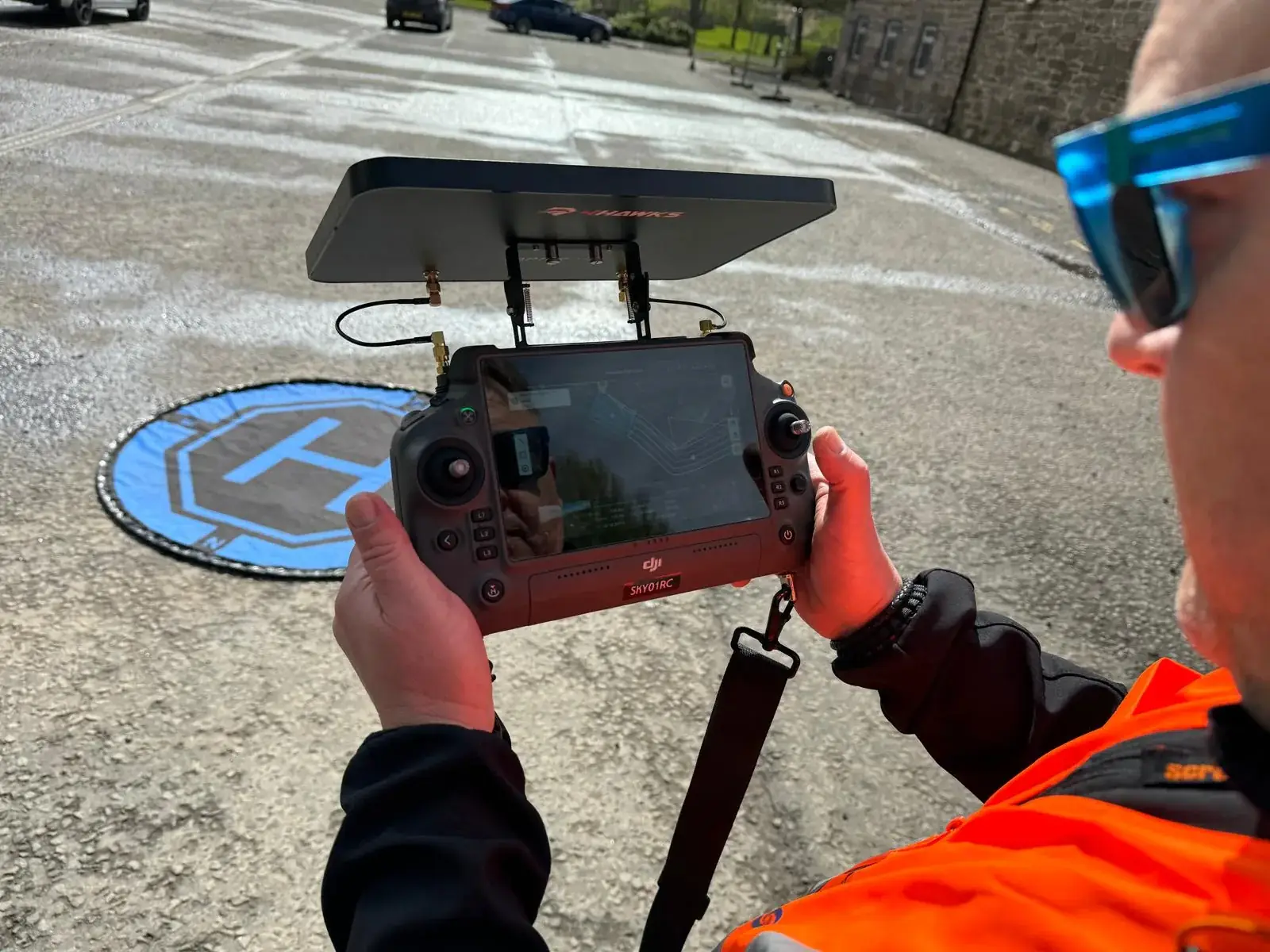
Frequently Asked Questions
What Are the Typical Costs for a Certified Drone Operation?
You won't find a typical cost for these highly complex operations. Your expenses don't come from the drone itself but from meeting standards equivalent to manned aviation.
You'll pay for drone certification (type certificate, airworthiness), obtaining an air operator approval, and ensuring your drone pilots hold a full pilot's license.
The investment is substantial, comparable to setting up a small airline, and far exceeds costs for other drone operation categories.
How Long Does the Certification Process Usually Take?
There's no fixed timeline for your certification because the regulatory framework is still developing. You'll find it's a lengthy, complex process, as the requirements parallel those for manned aviation.
Your process involves certifying the drone, securing operator approval, and holding a pilot license, all of which are rigorous, case-by-case evaluations.
You should first check if your operation falls into the Specific Category, as the UK's CAA currently advises this is more likely.
What Specific Pilot License Is Needed for This Category?
You'll need to hold a pilot license, not just a standard drone qualification. Because the risks are equivalent to manned aviation, you must meet similar safety standards.
The specific license type isn't fully defined, as regulations are still developing. However, expect requirements that mirror traditional pilot licensing.
Your drone must also have a type certificate, and you'll need an air operator approval from the competent authority before you can conduct these complex flights.
What Insurance Coverage Is Needed for Certified Operations?
You'll need insurance that aligns with manned aviation standards. Since your operations present equivalent risks, you must secure coverage that meets the rigorous requirements for crewed drones.
This includes significant third-party liability, especially if you're transporting passengers or dangerous goods.
Your policy isn't just a suggestion; it’s a core requirement mandated by the same classical aviation rules that apply to traditional airlines, reflecting the high-risk nature of your planned flights.
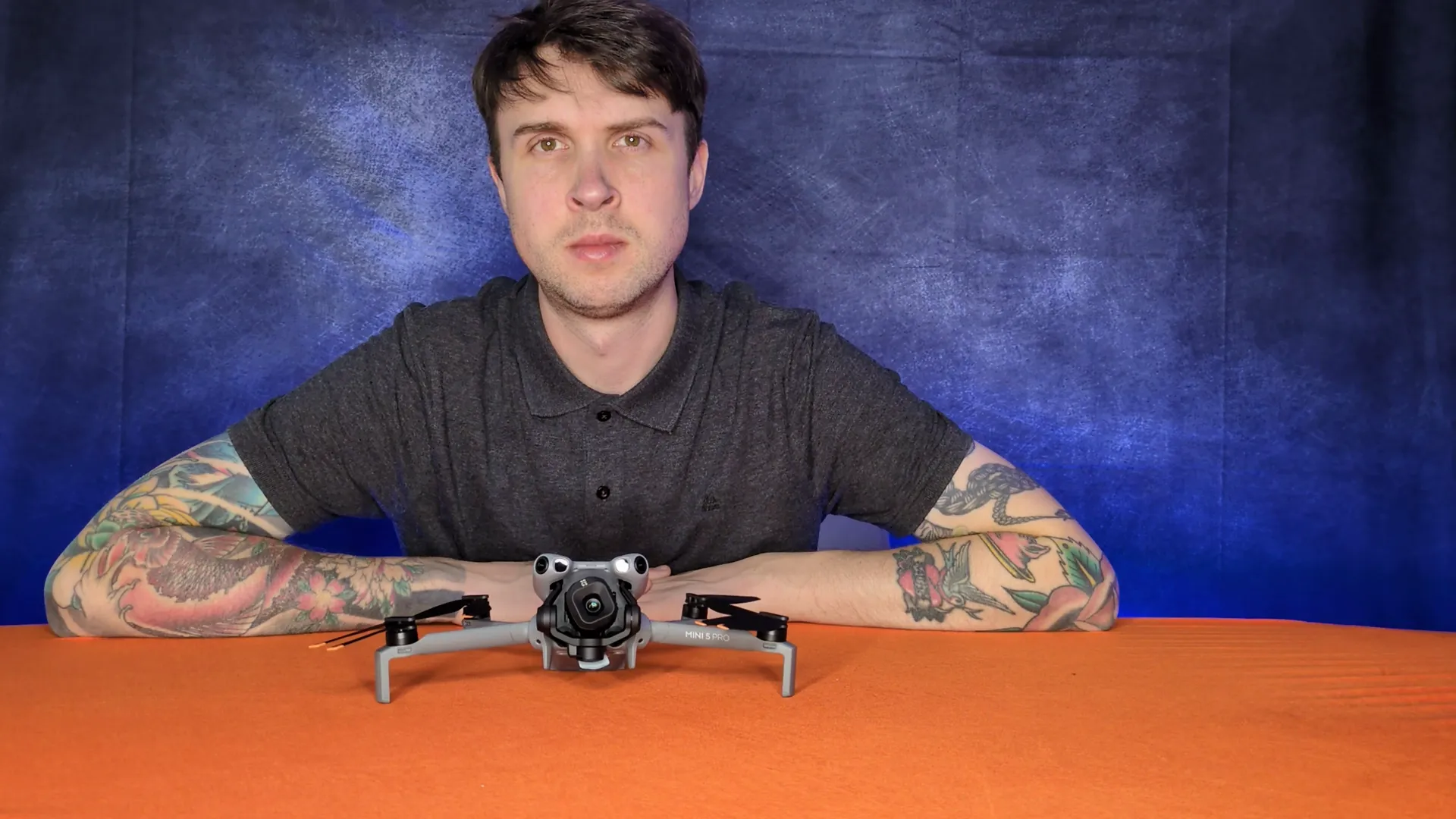
Is a UK Certification Valid for Operations in the EU?
Your UK certification is not automatically valid for operations in the EU. Since the UK's departure, you'll need separate approvals from the relevant authorities.
For these high-risk operations, equivalent to manned aviation, your UK CAA-issued certificate won't grant you automatic rights in EASA member states.
You must apply to the specific national aviation authority or EASA for the country you're operating in. This ensures you're complying with their distinct regulatory framework.
Navigate Certified Category Operations With Expert UK Drone Pilots
Successfully operating in the Certified Category means meeting standards as rigorous as manned aviation, requiring formal certification for your drone, your organisation, and your drone pilot. This complexity presents a significant challenge for any business aiming to conduct high-risk missions like urban delivery or transporting sensitive goods.
This is precisely where HireDronePilot provides a solution. As the UK's premier managed marketplace, we specialise in connecting businesses with verified professional drone pilots for hire. Our network includes highly experienced drone pilots with the advanced qualifications needed to navigate the demanding requirements of high-risk operations. We streamline drone services through competitive bidding, ensuring quality, compliance, and value for every aerial project across the United Kingdom.
Instead of facing the regulatory maze alone, let us connect you with the right expertise. When you're ready to plan a Certified Category flight, find certified drone pilots in the UK through our platform.
Post your project on HireDronePilot today and secure the specialised expertise required to make your high-risk aerial mission a success.
About the Author

Written by
Peter Leslie
Peter Leslie is a CAA-approved commercial drone pilot with 10+ years experience and over 10,000 flight hours. He holds the GVC and A2 CofC drone licences with full CAA Operational Authorisation. Peter is a member of ARPAS-UK, the UK's non-profit trade association for the drone industry. He founded HireDronePilot to connect UK businesses with qualified, insured drone operators.
Looking for More Drone Work?
Join the UK's leading network of professional drone pilots and grow your business.
Open Access
Bid on any job - all jobs open to all pilots
Grow Revenue
Access high-value commercial projects
Stay Busy
Fill your schedule with regular work
Related Articles

Our Drone Survey Service In Stirling, Scotland
Bringing you Stirling drone survey data from areas no one else can fly.

How Much Does A Drone LiDAR Survey Cost
Forecasting your drone LiDAR survey cost requires understanding what's hidden beyond the initial quote.

Step By Step Process Of Drone LiDAR Survey
Next, discover the crucial post-flight steps that determine your survey's success.
